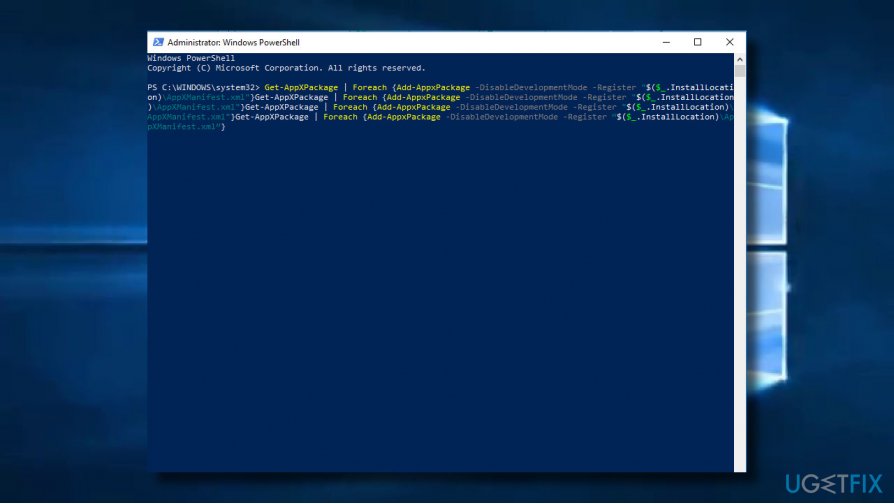
or many application pools configured, this value might be too high. I would greatly appreciate any suggestions for troubleshooting this. Take No Action IIS logs the CPU maximum usage event in the System event log but. I have run perfmon, but don't see any issues with memory bottlenecks.although I could be wrong. The one rather strange thing I have notice with Process Explorer is selecting the properties for inetinfo, the page faults is increasing and never decreasing. Our incoming internet connection is 512kb fractional T-1. There normally is less than 50 external clients connected at a given time, even when the CPU is high. IIS is serving up ASP pages and does limit connections to SSL-128 only. Process Explorer doesn't indicate any unknown process running.ie.malware, smtp.etc. The load on the two processors seems fairly balanced. Process Explorer shows the cpu cycle's running as high as 99%, sometimes sustained around 70-80%, but it will drop down to as low as 10%.

There are no additional web sites running on the server, other than the ones for Exchange. I have tried re-applying SP2 to Exchange which made no difference. Most of the technotes I have read talk about pre SP1 Exchange 2003 or Exchange 2000. I have downloaded and installed Sysinternals "Process Explorer" and "TCPView " Killing inetinfo.exe as a process just leads to it doing a respawn and running (almost immediately) up to 99. Server 2008 x86 that was migrated form server 2003 about 3 months ago. I am having the following issues that I believe I have narrowed down the service host process mention above.

I cant think of an anti-virus vendor that has not had this issue at one point or another. The same for a leaky smtp transport event sink. Lots of times, an issue with a corrupted inbound message can cause spikes in inetinfo. Its where the categorizer and smtp transport lives. I am really not sure if this is a problem, nor do I know when it started (if it is a problem). SVChost.exe (LocalServiceNetworkRestricted) PID 1164, High Memory usage after 7-10 days. Well, inetinfo has a lot to do with exchange.

We have a server that appears to be functioning properly, however after getting some calls recently about lagging pages, I noticed that the process inetinfo.exe appears to be running pretty high.
#Inetinfo high cpu upgrade#
To fix this issue, upgrade your IIS to a later version, such as IIS 10.0 RS3, when it is available.Both ASP and PHP pages pull recordsets from mysql service on another box. There is nothing in the event viewer of any use to help me find the problem. This is sitting on 60-80 CPU usage for the last few days now and when it gets to this stage the SMTP service seems to stop or hang so there will be no incoming or out going email. HKEY_LOCAL_MACHINE\System\CurrentControlSet\Services\InetInfo\Parameters\ThreadPoolUseIdealCpu Resolution Hello all i have a problem with inetinfo.exe. use the -pn switch and specify Inetinfo.exe as the process to monitor.
#Inetinfo high cpu update#
To do this, update the value of the following registry from 1 to 0: Processes occupy 100 of the CPU on a single-processor computer, 50 of the CPU. To work around this issue, disable IIS Thread Pool Ideal CPU Optimization on a NUMA server if you want to specify processor affinity.

However, this setting conflict with the specified processor affinity. The feature optimizes IIS performance by evenly distributing loads across all CPUs of all NUMA nodes. Your server has a high RPS, and gets hit with bursts of traffic that cause application pool queueing/503 errors (but without overwhelming your CPU). The issue occurs because a new feature, IIS Thread Pool Ideal CPU Optimization for NUMA hardware, is enabled in IIS 10.0.īy default, this feature is enabled.


 0 kommentar(er)
0 kommentar(er)
